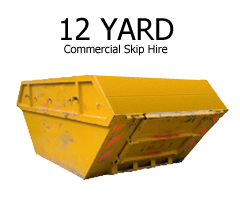
Think about the following 3 circumstances:
- The customer is practical and not swayed by impacts like the recency aspect and the one-incident element, bias of any kind, bad judgment, or personal stake. This customer keeps careful records of the project execution and is professional at data analysis. While it may be unusual to have such a customer, his ranking is likely a true reflection of the supplier’s efficiency. You should check out article on customer satisfaction .
- The customer is a typical individual. His score is affected by a few of the aspects pointed out in the first circumstance. Let us presume that he ranks the supplier’s efficiency as bad. If this low score (which is prejudiced) was accepted, the workers associated with the project execution would also get low ratings in the organization as an outcome. They might, in turn, get lower walkings (raise) and benefits, if any at all. This would de-motivate these employees, as it is possible that they, in fact, did a pretty good job and benefit a much better score.
- The customer is a typical individual. His ranking is affected by a few of the aspects pointed out in the first situation. Let us presume that he ranks the supplier’s efficiency as high. As an outcome, the workers associated with the project execution may get much better walking and bonus offers. Such a circumstance would, even more, de-motivate the workers from the second situation.
Situations 2 and 3 generate the phenomenon known as “rewarding the under-performers and penalizing the much better entertainers”- a dreadful circumstance for any organization. An effect much more dreadful is that the organization does not have a sensible photo of how pleased its customers really are. In such a circumstance, any efforts to enhance customer complete satisfaction would be taken in the wrong instructions.
Elements Vital to Customer Complete Satisfaction.
I have been utilizing the following technique to calculate a customer complete satisfaction metric, based on internal data, in all the organizations to which I have supplied speaking with services. I developed this system through reverse-engineering of the vendor-rating metric that makers use to rate their providers. The technique is based on the 5 following specifications I believe are crucial to customer fulfillment, which are concrete elements that can be determined objectively.
Quality.
Quality comes. The dictum “customers forget the hold-ups however not the quality” appropriately mentions the worth of quality. Customers forget whatever else if-and just if-the quality provided is outstanding.
On-time delivery.
Absolutely nothing aggravates a customer more than not getting a delivery on the guaranteed date. When a delivery is late, plans at the customer’s end have to be redrawn, resource allotment needs to be moved, and all subsequent actions have to be rescheduled, triggering the customer a lot of trouble.
Money.
This describes the money the customer is paying. It is not unusual for escalation provisions to be integrated into agreements. When the supplier selects to use an escalation stipulation and to bill more money, it considerably bothers the customer. The customer should acquire sanctions and approvals for the extra payment, in addition to response to numerous questions at the same time. Simply put, the rate escalations aggravate customers.



